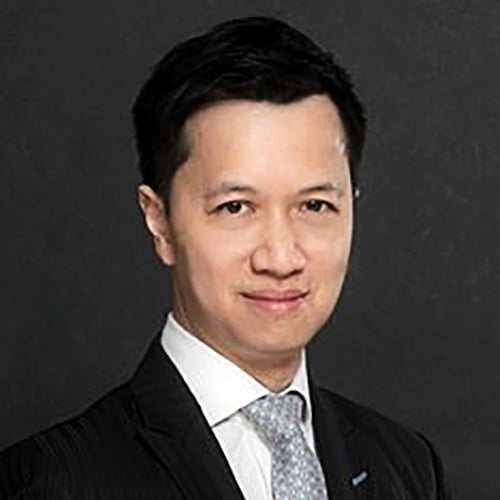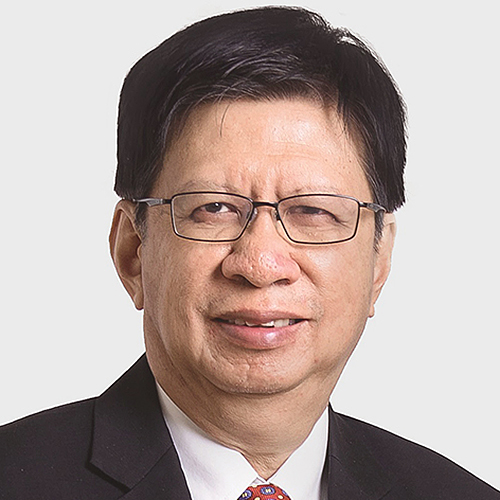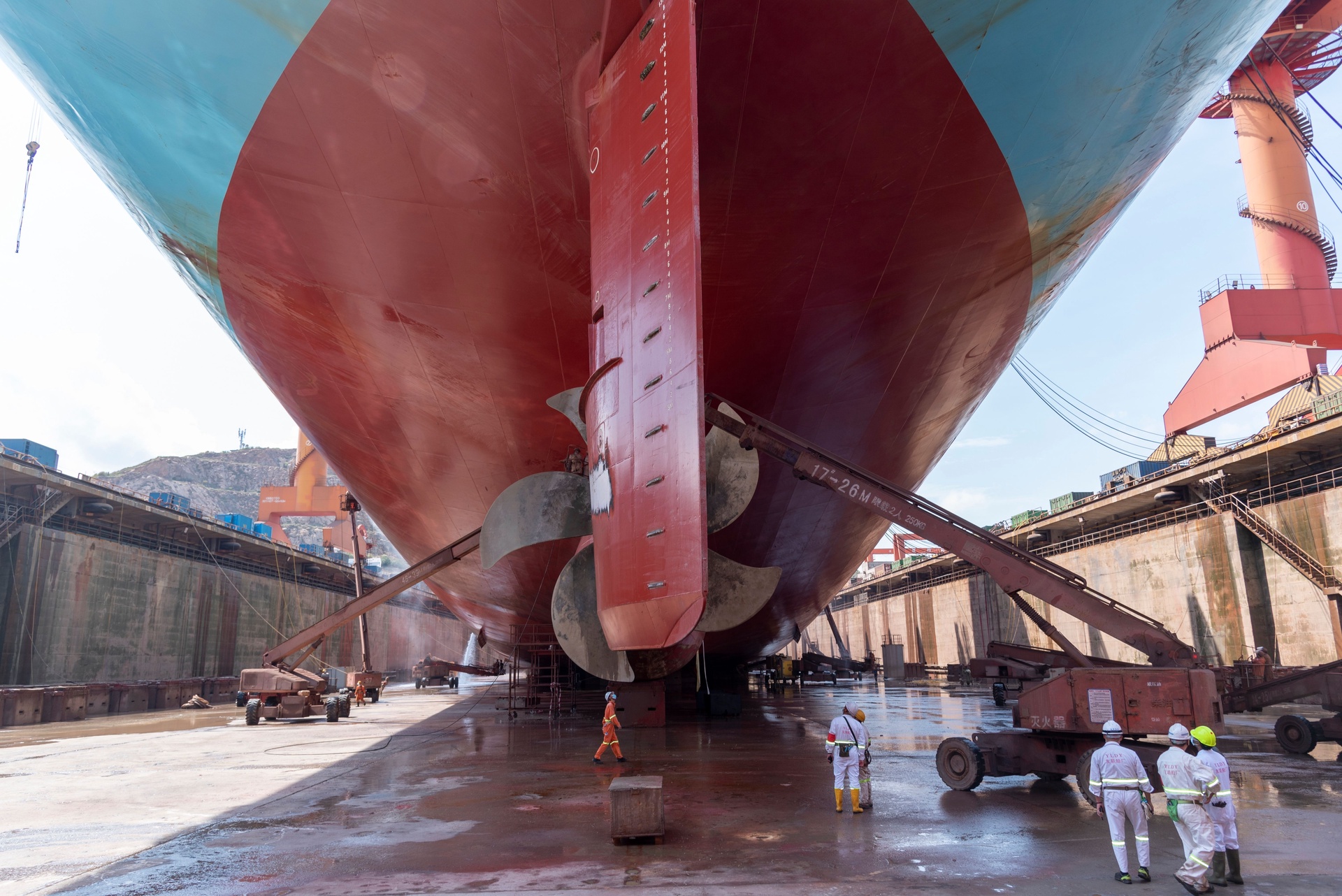DESPITE infrastructure development being the bedrock for several governments in Asean (Association of Southeast Asian Nations) including the Philippines and Indonesia, infrastructure projects are still not getting the financing they need. This situation is much more pressing when it comes to supporting sustainable infrastructure such as renewable energy, with countries wanting to align with the United Nations Sustainable Development Goals (UNSDGs).
According to the Asian Development Bank (ADB), there is a US$100 billion funding gap that exists in the region today, even with the US$184 billion of infrastructure investments by governments. The issue facing sustainable infrastructure development today isn’t lack of projects, but rather lack of bankable projects that are given investment grade status by credit rating agencies.
To address the shortfall, the EU-Asean Business Council (EU-ABC) believes encouraging blended finance could be one of the solutions. In a paper entitled, Bridging the Gap: Funding of Sustainable Infrastructure in Asean, the council says blended finance, which involves the participation of public funds (e.g. sovereign wealth funds or development institutions) in a project helps reduce risk barriers often cited by private investors. This becomes useful in attracting capital towards non-investment grade projects.
“A system of blended finance, which will involve the sharing of key risks between the public and private sectors, will help to unlock more funds for sustainable infrastructure projects,” states the EU-ABC paper.
In terms of recommendations to encourage blended finance, the EU-ABC suggests that Asean governments work with the private sector and development banks to standardize instruments and address common risks associated with sustainable infrastructure projects.
Already there have been several key examples of successful blended financing schemes in Southeast Asia supporting sustainable infrastructure. For example, in Thailand, the Lomligor Company was able to secure financing for a 10MW wind power plant and battery energy storage system partly through a blended financing arrangement. ADB, which helped administer the loan, said the financing addressed bankability challenges facing the project at the time.
In Indonesia, the government has created a Viability Gap Fund that will be used to partially contribute towards the costs of construction in cash to PPP (public-private partnership) projects that are economically feasible, but not yet financially viable.
The introduction of risk mitigation tools such as blended finance can encourage investors including asset managers and insurance companies to look at infrastructure investment opportunities. In Taiwan last year, Taiwan Life for instance became the first insurer in Asia to back one of the offshore wind projects off the coast of the island.
Overall support for sustainable infrastructure looks bright despite current issues around financial viability. One research note from investment firm Schroders mentioned that renewable energy is now cost competitive, stating that at the start of 2020, wind and solar were the cheapest forms of new bulk energy in two thirds of the world compared to only 1% five years ago.









